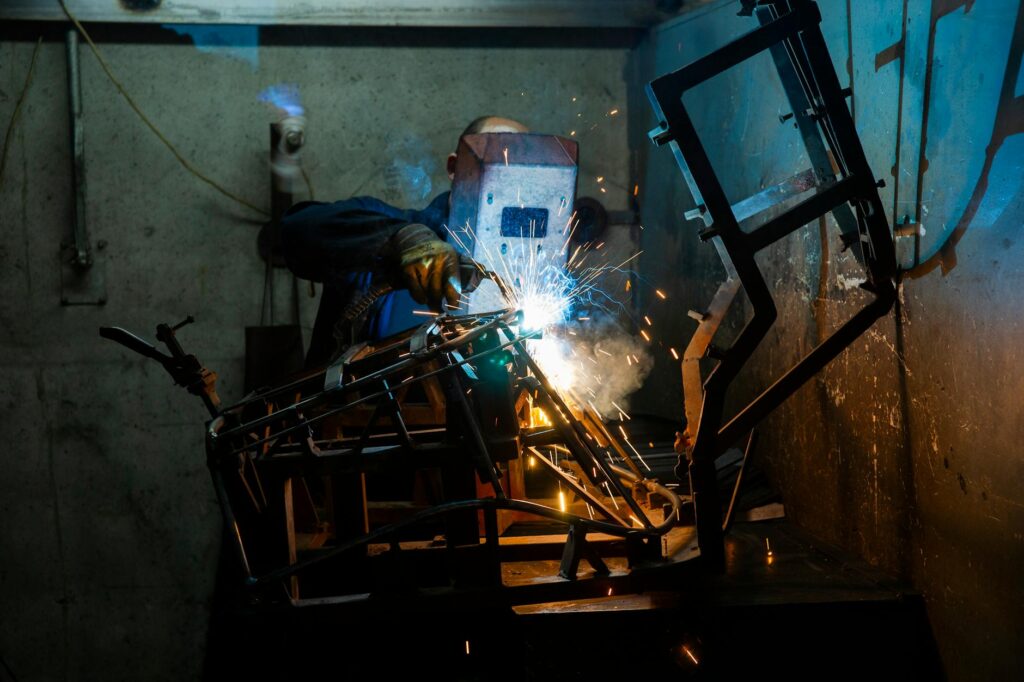Why Light Metal Roofs Are the Best Choice for Hot Climates and Energy Savings
Light metal roofs have increasingly become a top choice for homeowners and businesses located in hot climates. Their unique properties make them a highly effective solution to combat the challenges posed by intense sunlight and excessive heat. Not only do these roofs provide superior durability, but they also significantly contribute to energy savings, making them an eco-friendly and economical roofing option. Let’s explore why light metal roofs stand out as the best choice for hot climates and how they can help you reduce energy costs.
The Science Behind Light Metal Roofs in Hot Climates
One of the main reasons light metal roofs excel in hot environments lies in their reflective properties. Unlike darker roofing materials that absorb heat, light-colored metals reflect a substantial portion of the sun’s rays. This reflective ability reduces heat absorption by the roof, thereby lowering the temperature inside the building. In effect, a lighter metal roof can reduce the heat load on your home by up to 40%, compared to traditional roofing materials.
The materials used in metal roofing, such as aluminum or steel with reflective coatings, enhance this cooling effect. Special finishes, often referred to as “cool roof coatings,” are designed to maximize solar reflectance and thermal emittance. This means that light metal roofs not only keep the interior cooler but also help prevent the roofing material from degrading due to intense sunlight exposure.
Benefits of Light Metal Roofs Beyond Heat Reflection
Durability and Longevity
Metal is renowned for its strength and resilience, tolerating extreme weather conditions including heavy rains, winds, and hail. Light metal roofs maintain their structural integrity without warping, cracking, or losing their protective coatings. For homeowners in hot climates where weather can be unpredictable, this durability is a long-term asset.
Energy Efficiency and Cost Savings
Perhaps the most attractive advantage of light metal roofs in hot climates is their contribution to energy efficiency. With a cooler roof surface, your home’s cooling system doesn’t need to work as hard to maintain comfortable indoor temperatures. This leads to lower electricity consumption and reduced utility bills.
Studies have shown that energy savings can be as high as 15-25% annually when switching from conventional dark roofs to reflective light metal roofing systems. Over time, these savings offset the initial installation costs, making light metal roofs a financially smart investment.
Installation and Maintenance Advantages
Installing a light metal roof often means less hassle and lower maintenance compared to other types of roofing. Metal panels are lightweight, allowing for quicker installation and less stress on the building’s structure. Additionally, these roofs are resistant to common issues such as mold, mildew, and insect damage, which can be exacerbated in warmer and more humid climates.
Regular maintenance usually involves simple inspections and cleaning to remove debris. Because metal roofs don’t absorb water and resist corrosion (thanks to protective coatings), they generally require fewer repairs over their lifespan compared to asphalt shingles or clay tiles.
Environmental Impact and Sustainability
Light metal roofs contribute positively to environmental sustainability. Their reflective properties help reduce the urban heat island effect, a phenomenon where built-up areas become significantly warmer than their rural surroundings due to human activities and materials that absorb heat.
Moreover, metal roofing materials are often made from recycled content and are themselves 100% recyclable at the end of their lifespan. This reduces landfill waste and the need for raw material extraction, making light metal roofs an eco-conscious choice for those seeking green building solutions.
Choosing the Right Light Metal Roof for Your Climate
Selecting the right type of light metal roof involves considering factors such as the local climate, building style, and budget. Popular options include aluminum, galvanized steel, and copper, each offering different aesthetic and performance benefits.
Coatings applied to the metal surface can vary widely, from simple paint finishes to advanced ceramic-based coatings that further improve reflectivity and durability. Consult with roofing professionals who understand the nuances of hot climate roofing to ensure optimal performance and energy savings.
Conclusion
In hot climates, where managing heat and reducing energy use are priorities, light metal roofs offer a compelling combination of durability, energy efficiency, and environmental benefits. Their ability to reflect sunlight and withstand intense weather conditions makes them an excellent roofing solution that pays off in comfort and cost savings.
As energy prices continue to rise and climate concerns grow, investing in a light metal roof not only enhances your property’s value but also contributes toward a more sustainable future. If you want a roofing system that performs exceptionally well under the relentless sun, light metal roofs are undoubtedly worth considering.





